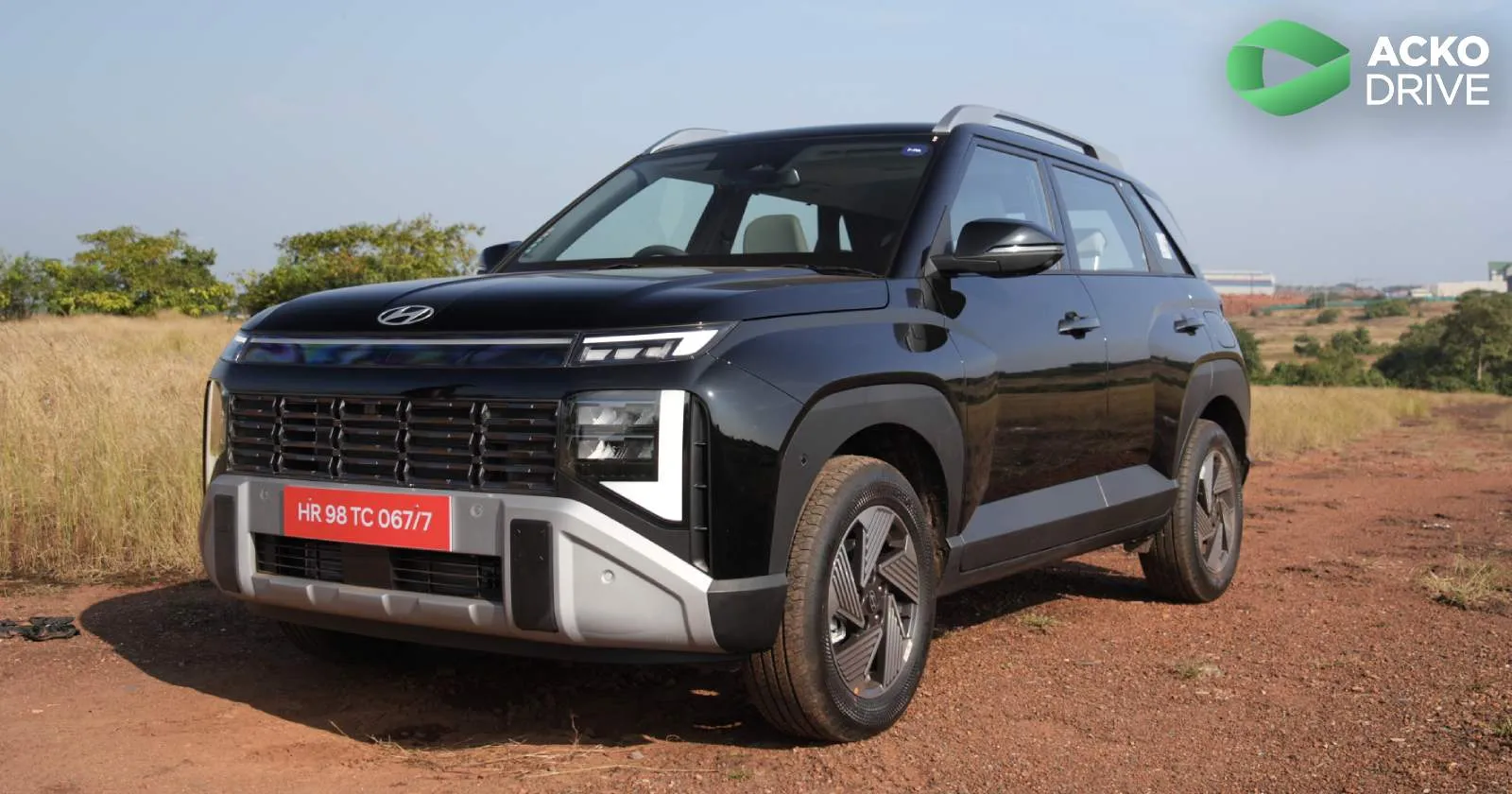
Having sold 7 lakh units since it first launched in 2019, the second-gen Venue holds a lot of promise for the company and consumers. Does it create an impact, though?

Share Post

Having sold 7 lakh units since it first launched in 2019, the second-gen Venue holds a lot of promise for the company and consumers. Does it create an impact, though?
The new Hyundai Venue marks a significant departure from its predecessor. With a bolder, more aggressive design language, improved interior quality, and the long-awaited diesel automatic option, this subcompact SUV emerges as a compelling proposition in India's increasingly competitive segment. Here's what you need to know.
Hyundai has transformed the Venue from a docile urban runabout into a character-driven SUV. The new generation boasts striking LED DRLs, projector headlamps, and a muscular bonnet—all present even on the base HX2 variant. The front end commands attention with its aggressive bumper design, whilst the refined character lines running along the sides create an aerodynamic profile that the engineers insist is considerably improved over its predecessor.
The proportions have shifted noticeably. Whilst the length remains unchanged, the Venue now stands taller and wider, resulting in a more purposeful stance. Most intriguing is the new signature C-pillar design, which Hyundai hopes will carry through to future models. The rear receives similar attention with complementary tail lights and a running strip that mirrors the front-end styling. One clever detail: the rear camera sits lower than usual, providing a more practical perspective when reversing—a thoughtful touch that elevates the overall design.
However, there's a notable concern. The boot closing mechanism doesn't operate as smoothly as one might expect, requiring deliberate pressure to secure it fully.
We had the N-Line too with us. Visually, the N Line features distinctive design cues that set it apart from the regular variants, including 17-inch alloy wheels (compared to 16 inches on higher trims and steel wheels on base models), a colour-differentiated body treatment, black roof rails, black mirrors, and a more exaggerated spoiler mounted at the rear. The twin exhaust setup and revised bumper with the N Line badge complete a more aggressive exterior stance. Inside, the cockpit reflects an edgier aesthetic with upmarket plastic quality, whilst the steering wheel, borrowed from the IONIQ 5 design philosophy, features unique buttons and branding specific to the N Line variant.
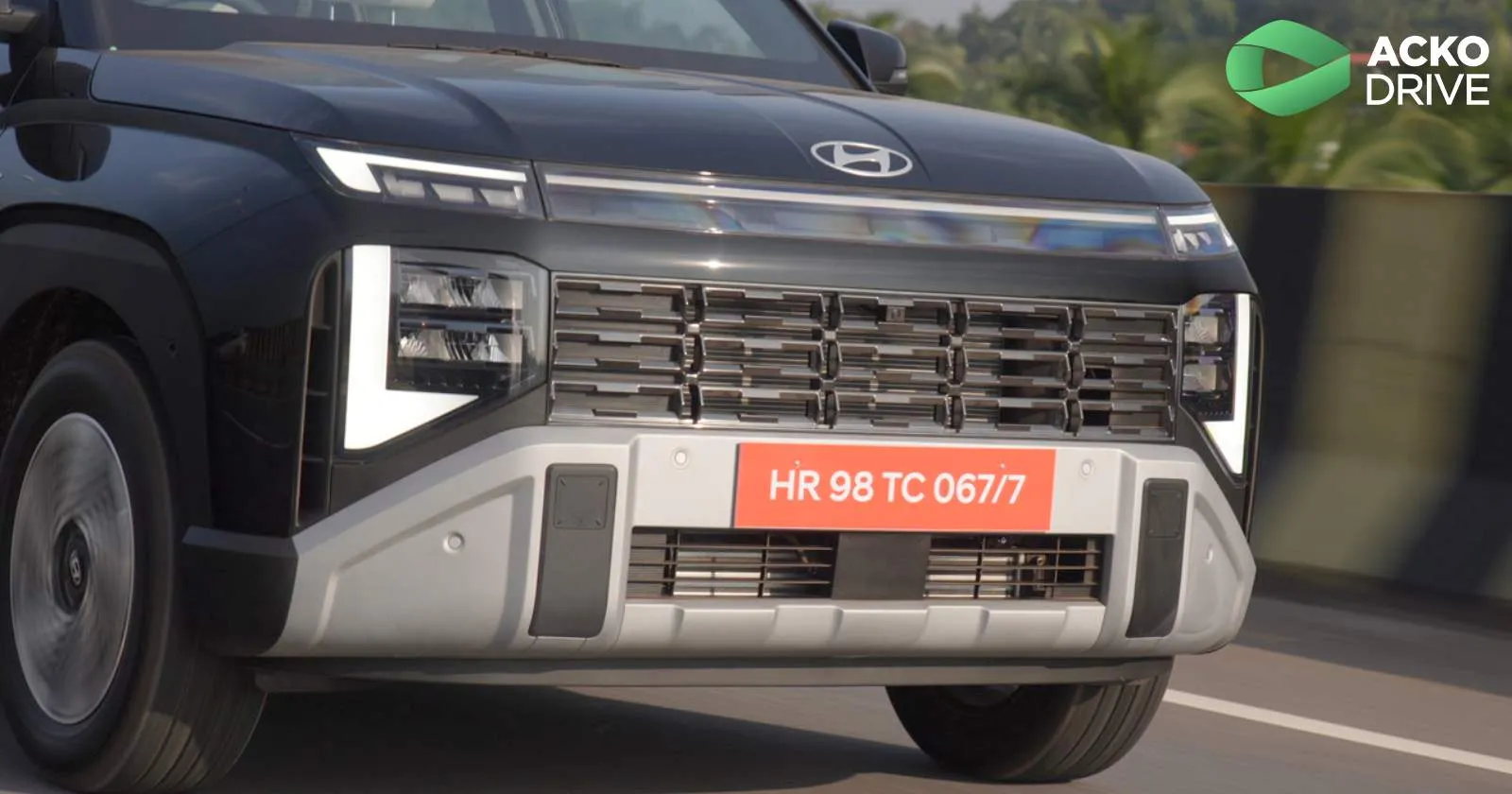
The cabin represents a quantum jump in quality and design sophistication. Gone is any resemblance to the previous generation. Hyundai branding adorns the seats and surrounding panels, creating a cohesive, upmarket ambience that punches above the Venue's price point.
Technology remains the headline feature. The top-end variant receives dual 12.3-inch curved touchscreens angled toward the driver, offering an exceptionally clear view of navigation and vehicle data. Even in bright sunlight, legibility remains excellent. The standard variant retains a respectable 10.25-inch touchscreen, ensuring the base model isn't left with bare-bones equipment.
Additional conveniences include wireless charging, USB Type-C ports, ventilated seats, and an expansive glass roof that amplifies the sense of spaciousness. The new steering wheel—reminiscent of the IONIQ 5—is compact and well-proportioned, suiting the Venue's dimensions perfectly. Digital cluster personalisation allows you to adjust graphics and fonts to your preference.
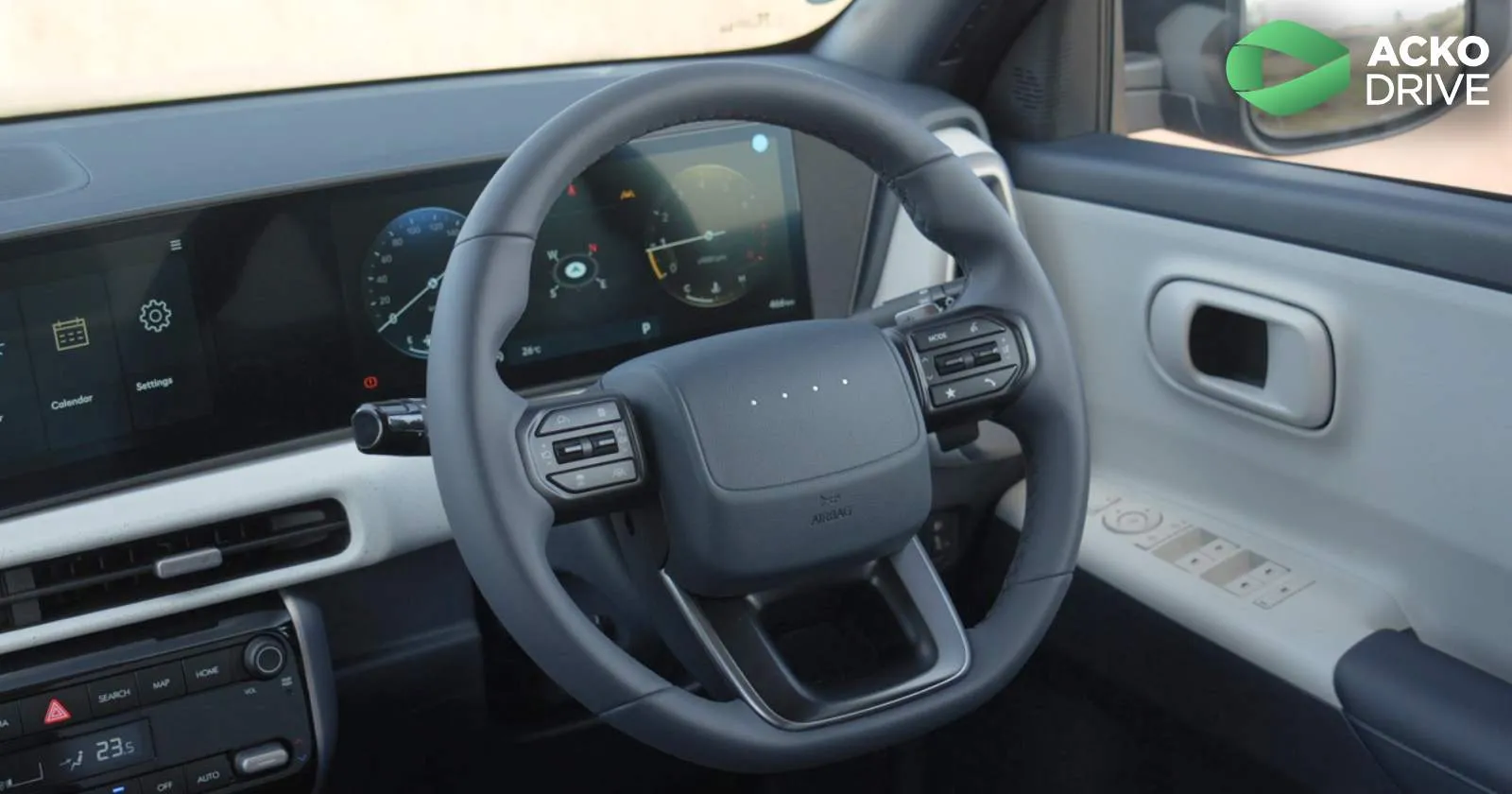
Rear legroom has been a perennial criticism of the original Venue. The new model extends the wheelbase by 20mm, delivering noticeably more space. Headroom proves adequate for six-foot-tall occupants, though under-thigh support could be marginal on extended journeys. The wider body translates to improved shoulder room, and the dual-tone white and blue interior enhances the sense of openness. Rear doors now open at a wider angle, simplifying entry and exit. Two USB Type-C ports and a phone storage slot add practical value.
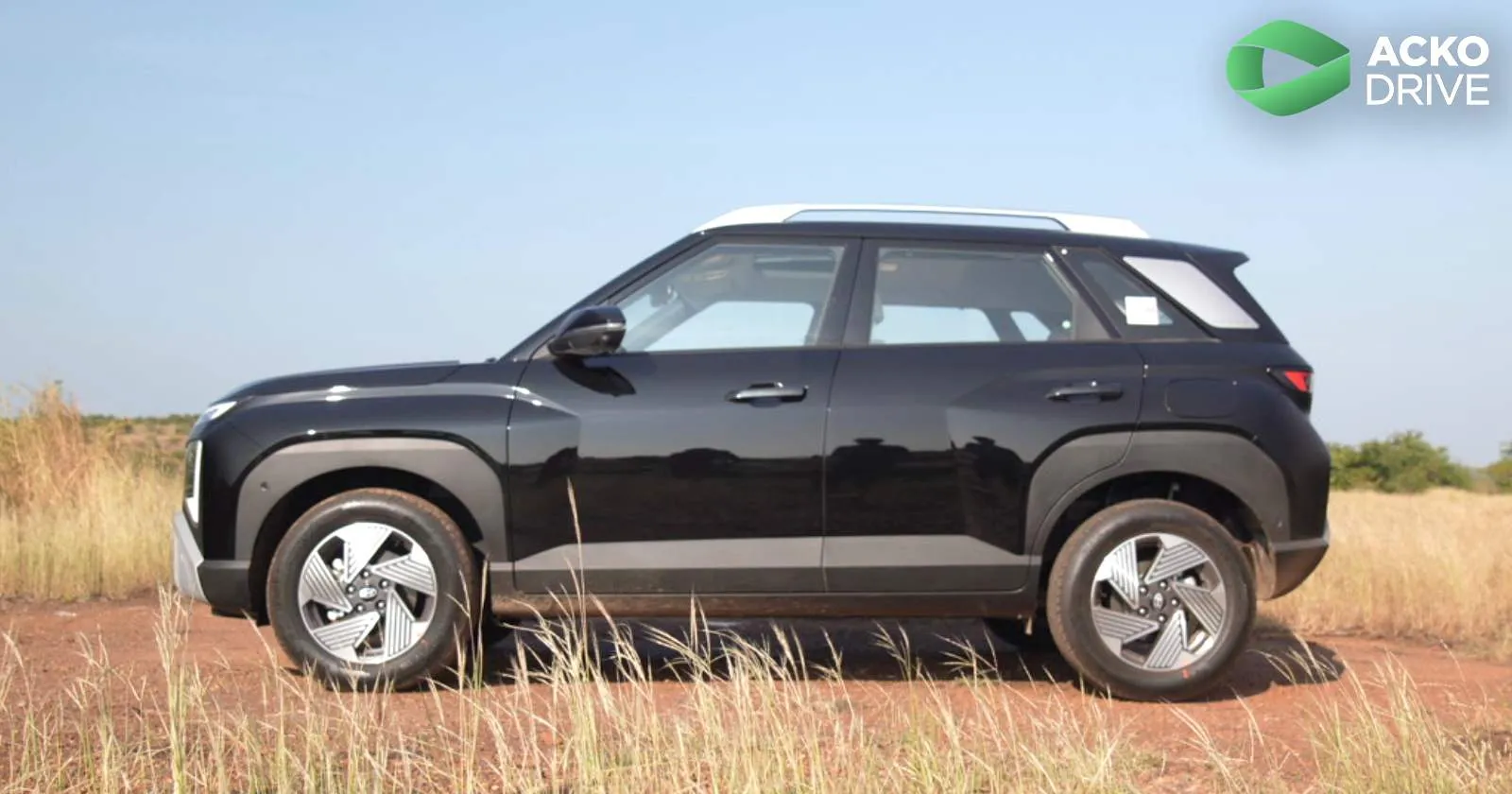
The diesel engine finally receives an automatic option—a six-speed torque converter that adapts impressively to your driving style. Paddle shifters offer quick manual control when you need it, with gear selection displayed on the screen.
There's a caveat: engine noise. The 1.5-litre unit produces a pronounced roar when pushed, though the substantial torque delivery ensures responsive acceleration. This is a comfortable commuter car, not a sporty proposition—if you're seeking genuine performance, Hyundai's N-Line variant awaits. Sport mode sharpens the throttle response considerably, making everyday driving more engaging.
The ARAI-rated fuel efficiency stands at 17.99 kmpl for the automatic—approximately 3 kmpl less than the manual version. Real-world figures deserve separate investigation.
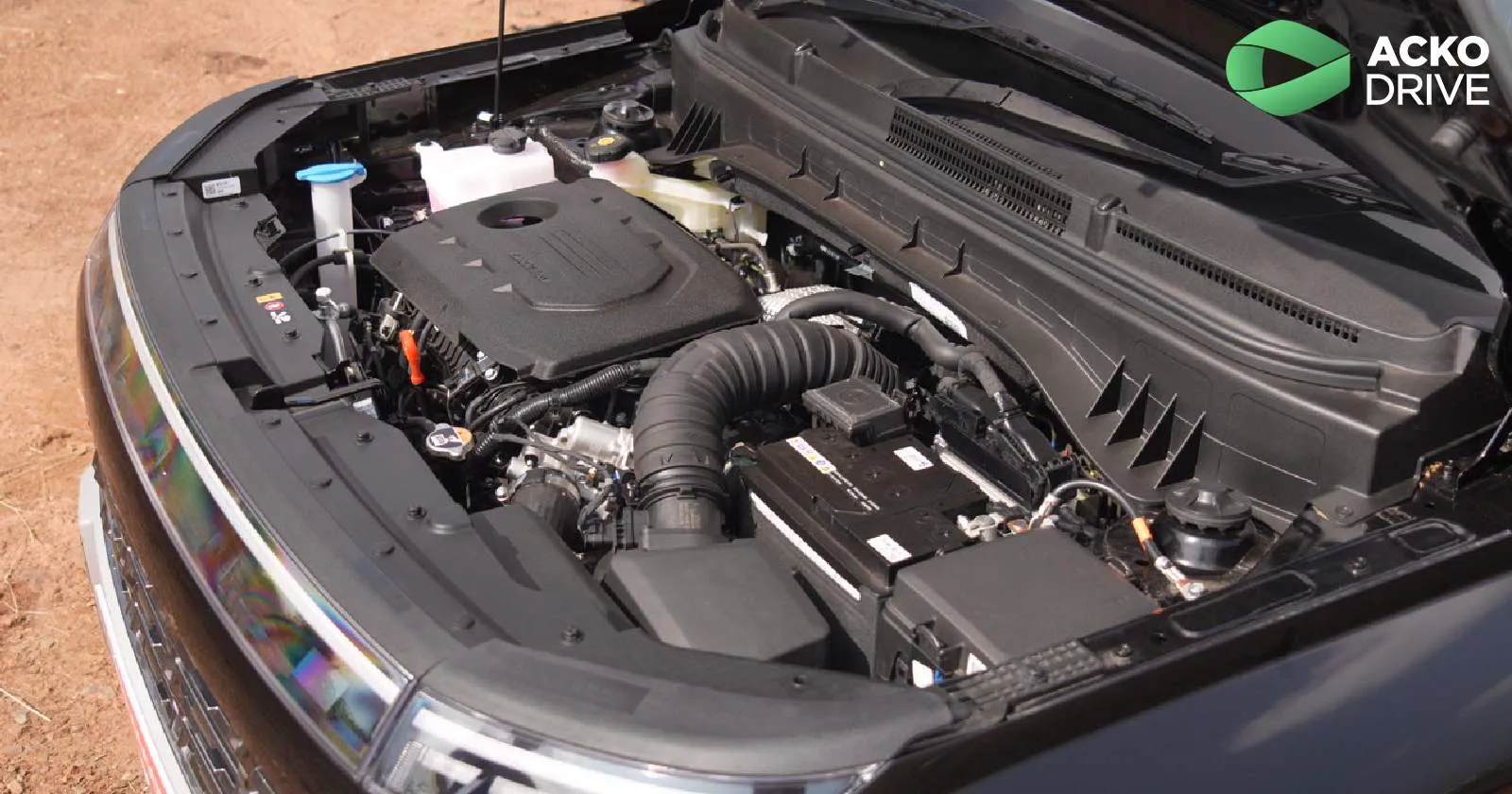
We also got behind the wheel of the Venue N-Line. The N Line delivers an engaging experience with its 1.0-litre turbocharged engine. Whilst Hyundai has maintained mechanical similarities between the N Line and regular turbo variants, the suspension receives subtle stiffening and the exhaust note takes on a sportier character with an enhanced roar. However, the steering remains disappointingly soft without the added responsiveness one might expect from a performance-focused variant, and Hyundai's failure to make it telescopic adjustable (offering only height adjustment) represents a missed opportunity for true sporting credentials.
Built on the proven K1 platform (shared with the Syros and Exter), the suspension proves expertly tuned. Poor road surfaces are dispatched with composure; lateral movement has been virtually eliminated compared to the previous generation. The revised suspension geometry benefits from a reduced footprint, allowing for superior containment and control. This is genuine engineering competence at work.
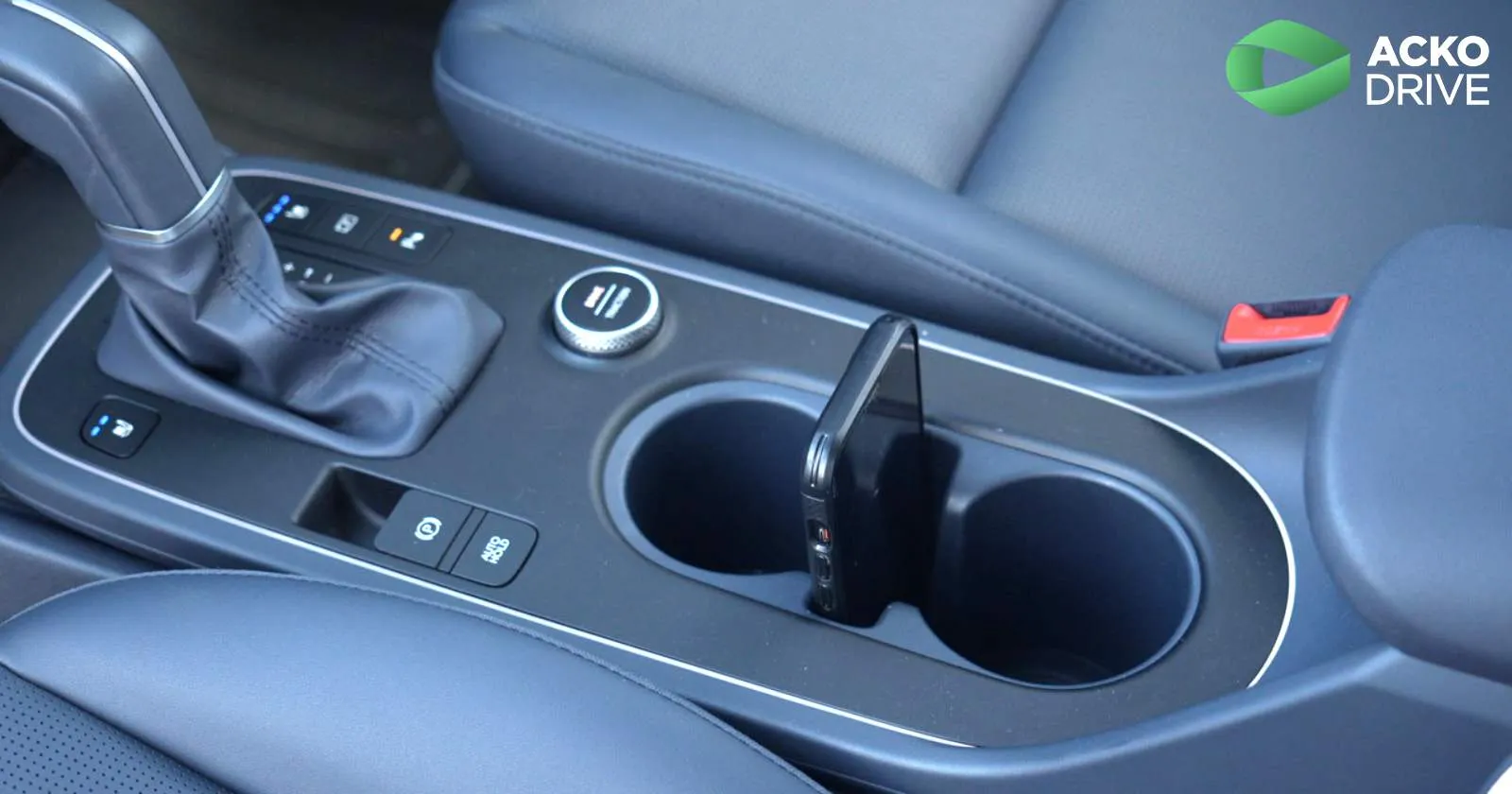
Safety receives serious attention. The Venue comes equipped with Level 2 ADAS (Advanced Driver Assistance Systems)—a significant upgrade from the Level 1 specification previously available. Six airbags, electronic stability control, and 21 standard safety features form a comprehensive protection suite. Hyundai's confidence in BNCAP testing (expected January 2026) suggests favourable crash performance metrics.
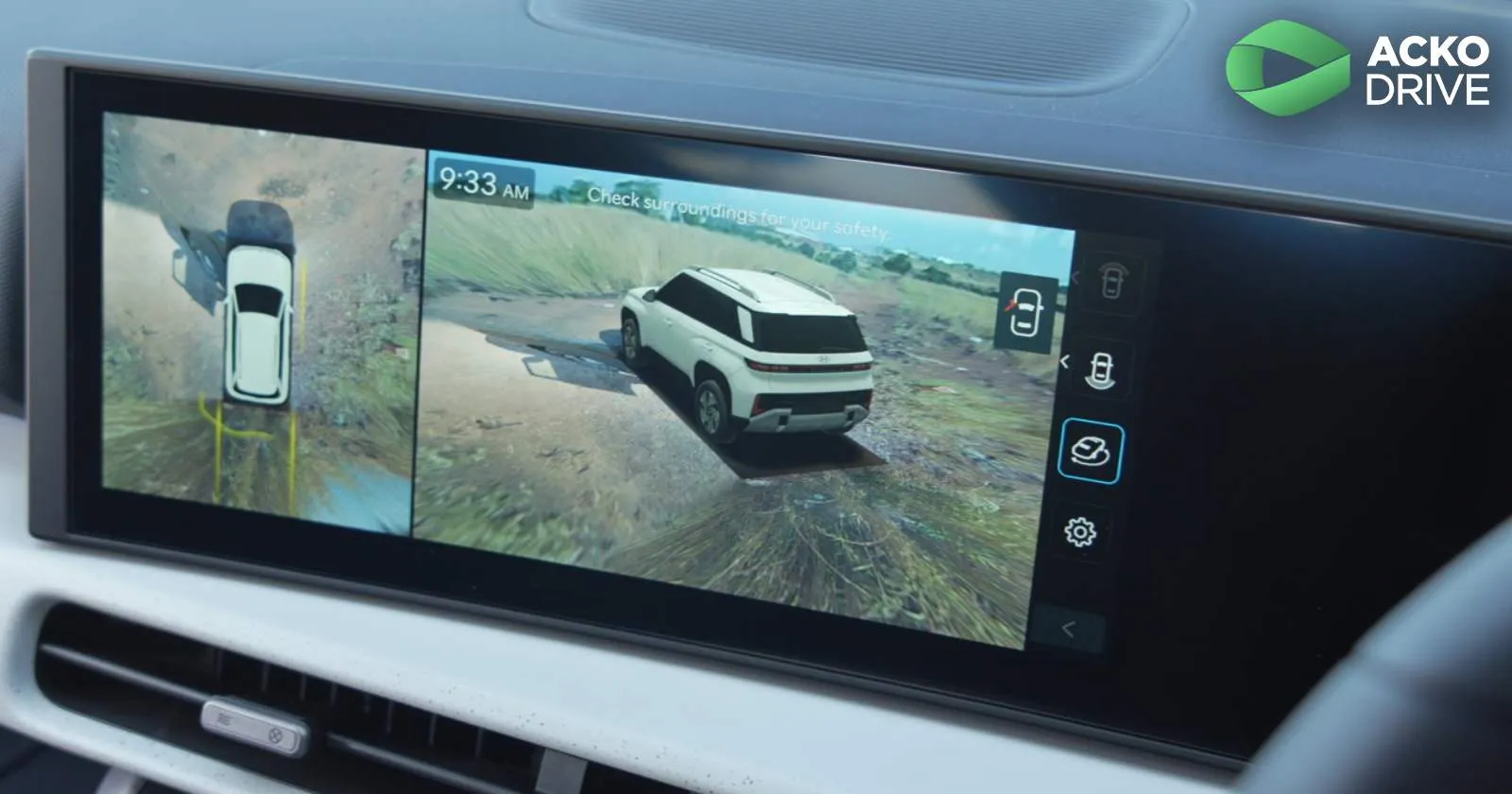
This is where Hyundai has executed brilliantly. The diesel automatic undercuts the Tata Nexon by ₹30,000 on the manual and ₹12,000 on the automatic variant. However, note that the Nexon offers an AMT rather than a conventional torque converter. The Venue sits above the Sonet but below the Syros and XUV 3XO—a carefully calculated positioning. Important: the announced prices are introductory and subject to change after the initial launch period.
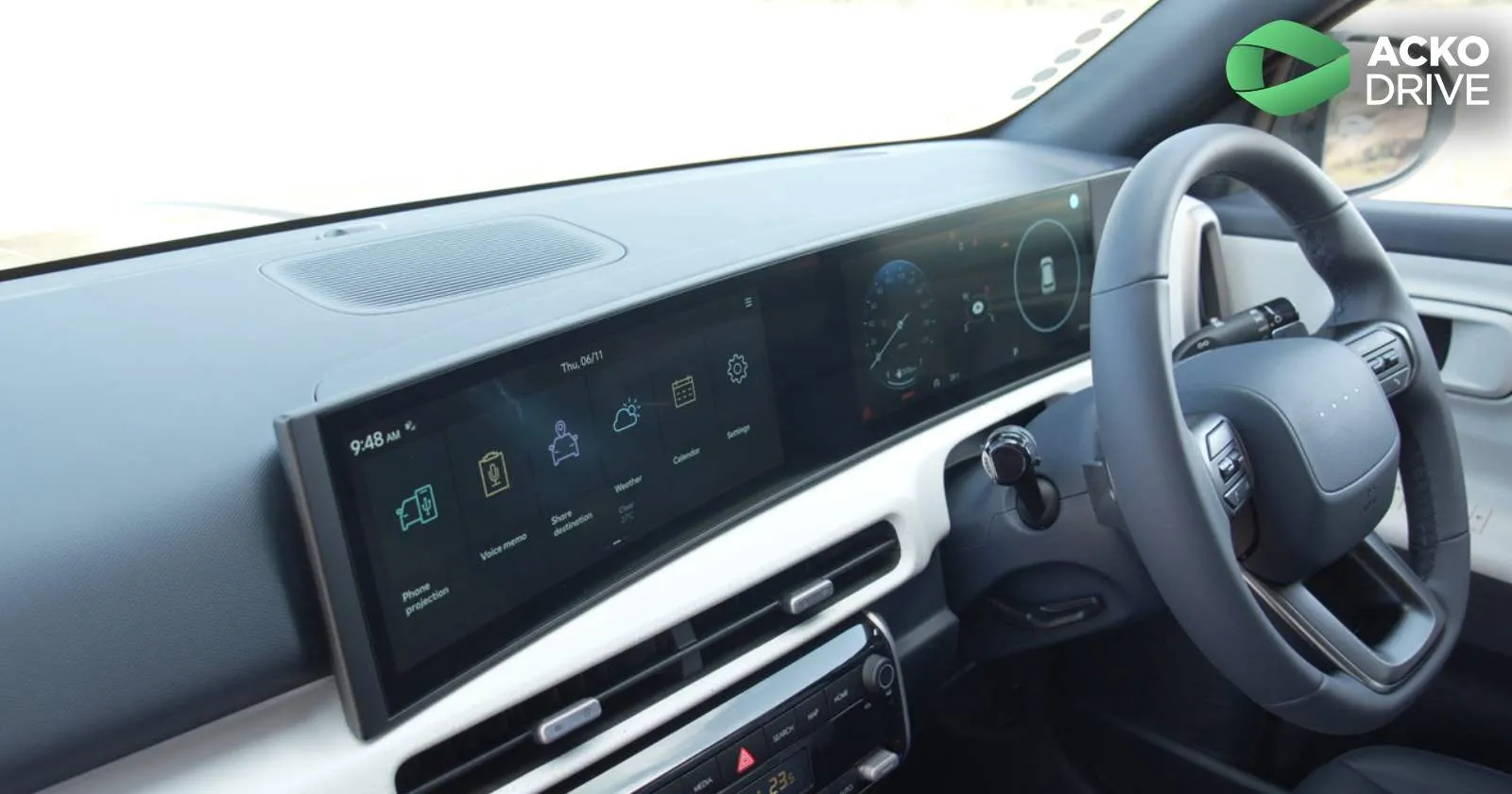
The new Hyundai Venue is worth serious consideration. It drives well, offers significantly more space than before, and carries competitive pricing that reflects genuine value. Whilst not flawless—the boot closure issue and engine noise merit acknowledgement—it comes remarkably close to being the complete subcompact SUV. For those seeking a diesel automatic option in this segment, the Venue absolutely belongs on your consideration list.
Tata Harrier, Safari Petrol Review: Less Noise, More Refined, Thirsty Too!
Arun Prakash 22 Dec, 2025, 5:47 AM IST
Maruti Suzuki e Vitara Review: Practical Electric SUV for India?
Arun Prakash 18 Dec, 2025, 4:11 PM IST
MINI Convertible Review: Cooper Goes Topless
Arun Prakash 13 Dec, 2025, 12:05 PM IST
Harley-Davidson X440 T First Ride Review - Redemption Or Not?
Arun Mohan Nadar 13 Dec, 2025, 12:00 PM IST
Maruti Suzuki e-Vitara Review: Global EV Built in India With 500km Range Targets Creta Electric, BE 6
Siddharth Vinayak Patankar 18 Nov, 2025, 8:07 AM IST
Looking for a new car?
We promise the best car deals and earliest delivery!
